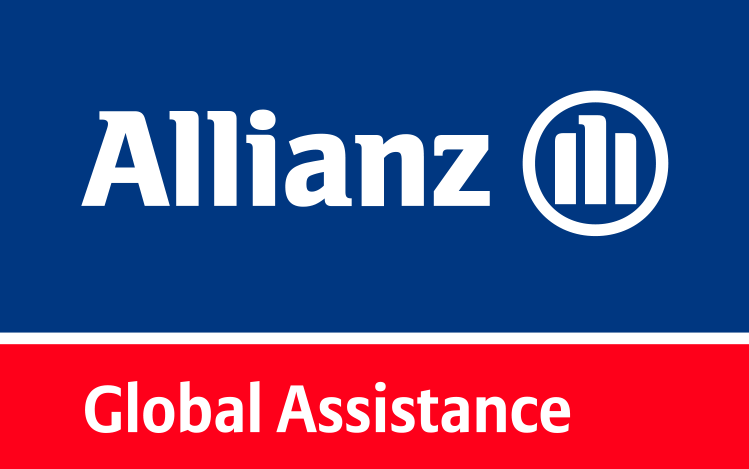Backpacking allows people to explore the world without breaking the bank, meet locals and other travellers, and truly appreciate their destinations. Planning a backpacking trip, whether it's in Europe or Asia, for a few days or several weeks, is easy. Here’s some useful information to help you plan for a backpacking trip.
How to plan a backpacking trip?

Backpacking allows people to explore the world without breaking the bank, meet locals and other travellers, and truly appreciate their destinations. Planning a backpacking trip, whether it's in Europe or Asia, for a few days or several weeks, is easy. Here’s some useful information to help you plan for a backpacking trip.
What is a good pack weight for backpacking?
What navigation tools are recommended for backpacking?
Having good navigation is one of the most important backpacking skills you should have. Here are the basic tools that will help anyone find their way whether they are backpacking through Asia or hiking the Alps.
- Map: Use a topographical map to view a detailed graphic representation of features that appear on the Earth’s surface such as roads, buildings, geographic features, railways, and urban development.
- Compass: One of the biggest advantages of using a compass is that it works without any batteries or modern technology and can be used with any map. This is the most basic navigation tool you should use while backpacking. Visit "Using a compass" for more information on how to use a compass.
- If you plan on using a map and compass to navigate, prepare yourself ahead of time by following a course online, watching a video, or find a book at your local library.
- GPS: A GPS device will provide you with your location through a digital map. There are many different devices that can be used, but one of the most popular device is to use a smartphone with a GPS app. Keep in mind that these devices can be fragile and will run out of battery or power. It’s always wise to pack extra batteries, and select the power saving mode of your cell phone.
What sun-protective gear should I use before heading out on my trip?
Backpackers spend a lot of time outdoors so sunscreen, sunglasses, lip balm, and a hat are all must-haves for enjoying the positive effects of the sun.
- Sunscreen: While you are in the outdoors make sure to apply sunscreen generously and often with a sun protection factor (SPF) of at least 15 through 30. It is important to use a broad spectrum sunscreen to protect from UVA rays and prevent skin cancer and premature aging.
- Sunglasses: To avoid the development of cataracts or cancer, you’ll want to purchase a pair of sunglasses that blocks100 percent ultraviolet light (UVA and UVB). Sunglasses with polarized lenses are also recommended for backpackers who hike near water or snow.
What type of clothing and footwear should I pack?
What you plan to wear while travelling can account for most of your backpack’s weight, so choose items wisely. Pack dark, comfortable clothes that are suitable for the weather, which can be paired and layered, and serve multiple purposes. Don’t forget to keep it simple and avoid packing extra clothes which you may end up not using and having to carry the extra weight.
First-time backpackers sometimes wear the wrong hiking boots thinking that they won’t encounter any tough terrain. However, that can rapidly change and a relatively flat hill can fast become a rough uneven terrain. Invest in comfortable, well-fitting shoes to protect your feet, hips and back while walking on trails or cobbled streets.
How much water should I carry with me?
Most experienced backpackers recommend to bring at least 1 litre of water for every two hours of hiking. Temperature, humidity, altitude and the intensity of the hike may affect that number. Depending on your needs and situation, you may need to adjust the amount of water you’ll need.
Consider carrying your water in a bladder, re-usable water bottle or collapsible bottle. Each have their own advantages, so make sure that you pick the one that’s right for you.
In addition to carrying a good amount of water, it is also a good idea to pack extra food such as energy bars, nuts, or dried fruits.
What kind of light source should I use?
What kind of first aid kit should I prepare?
Minor medical emergencies such as cuts and scrapes while travelling can be cared for with the items in a first-aid kit. When putting it together, think small and opt for travel sizes to help keep your kit compact within your backpack.
A first aid kit should include adhesive bandages, gauze pads, blister treatments, disinfecting ointment, medical tape, headache medicine, and a whistle.
Do I need a knife or multi-tool for backpacking?
Do I need an emergency shelter for backpacking?
Should I consider travel insurance for a backpacking trip?
The electronic copy of a travel insurance policy takes up no space in your backpack, yet it’s like having a team of assistance and support experts on hand to help and assist you with the items covered under the travel insurance plan purchased.
When booking your travel insurance, make sure you choose the coverage plan that meets your travel needs. Travel insurance may not only provide assistance during the trip but also before. Make sure you understand your policy in and out. Now that’s smart backpacking.
Travel insurance is underwritten by CUMIS General Insurance Company, a member of The Co-operators Group of Companies, administered by Allianz Global Assistance, which is a registered business name of AZGA Service Canada Inc.
Related articles
to speak with one of our agents.
